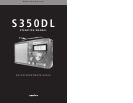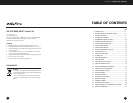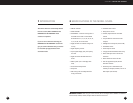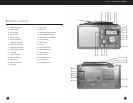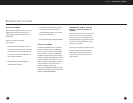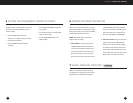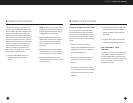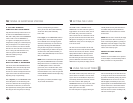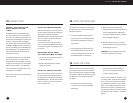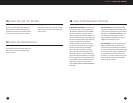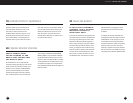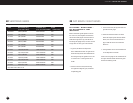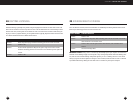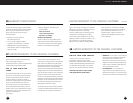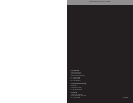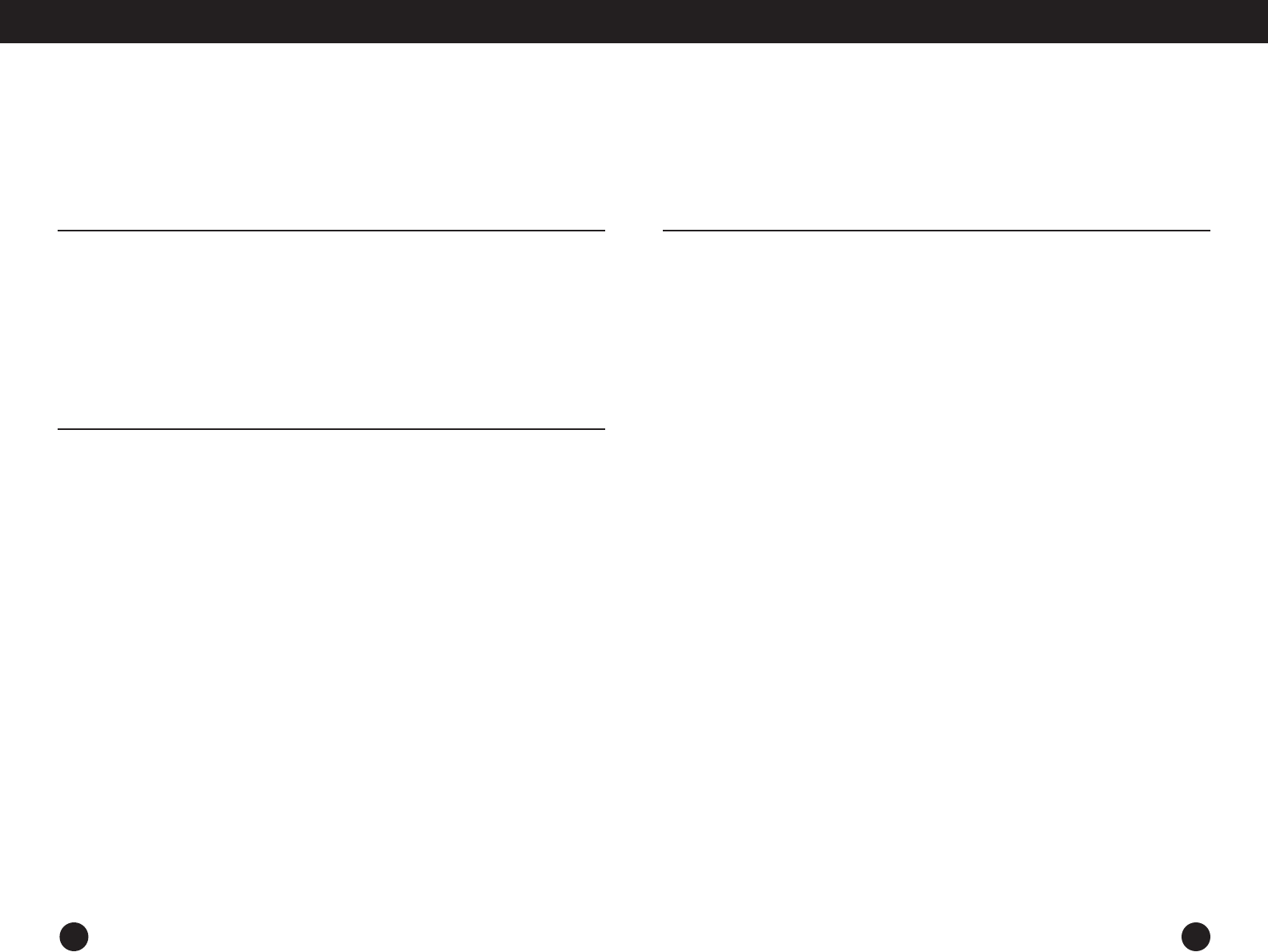
S 3 5 0 DL O PE RATI ON M AN UAL
19
18 USING SUPPLEMENTARY ANTENNAS
SHORTWAVE ANTENNAS. This radio can be
used with basic, long wire antennas and other
high impedance shortwave antennas (optimally
500 ohm).The length of a long-wire antenna
should be anywhere from about 30-100 feet (10-
30 meters). Best performance is from copper wire.
The antenna should be above ground, preferably
running in a straight line. Non-conductive
insulators should be used on both ends of the
wire to prevent signal loss. The wire is plugged
into the red colored spring socket, AM,SW
ANT., on the back of the radio. Connecting a
ground wire to the black spring socket, GND,
often helps reception, but is not mandatory. The
ground wire should be connected to a cold water
pipe or a ground rod. If no water pipe or ground
rod is available, connect a wire about the same
length as the antenna wire and lay it on the
ground. NEVER CONNECT THE GROUND WIRE TO
A GAS PIPE.
AM ANTENNAS: Any high impedance (opti-
mally 500 ohm) AM antenna can be used, includ-
ing long-wires and tuned loops. A ground wire, as
discussed under SHORTWAVE ANTENNAS, is even
more helpful during AM reception and often
improves reception considerably, even when no
supplementary AM antenna is used.
FM ANTENNAS: Connect FM antennas to the
FM ANT. CABLE FM socket on the back of the
radio. These antennas should have an impedance
of 75 ohms. Most antennas fed with coaxial cable
are 75 ohm antennas. If your coaxial cable has a
‘F’ plug, like that used on North American TV’s
and VCR’s, use a F to PAL converter plug to fit the
European style PAL socket on the radio. (Radio
Shack part number 278-265).
18
16 USING THE LINE OUT SOCKETS
The line out sockets (RCA sockets), labeled L, R,
provide industry standard left and right stereo
line level outputs that can be used to feed audio
to a tape recorder, stereo system, or any device
17 USING THE EARPHONE JACK
The earphone jack can be used with stereo head-
phones using a 1/8 inch (3.5 millimeter) plug.
Sound is in stereo.
with audio line level inputs. The output is stereo
when the radio is tuned to an FM station broad-
casting in stereo.



